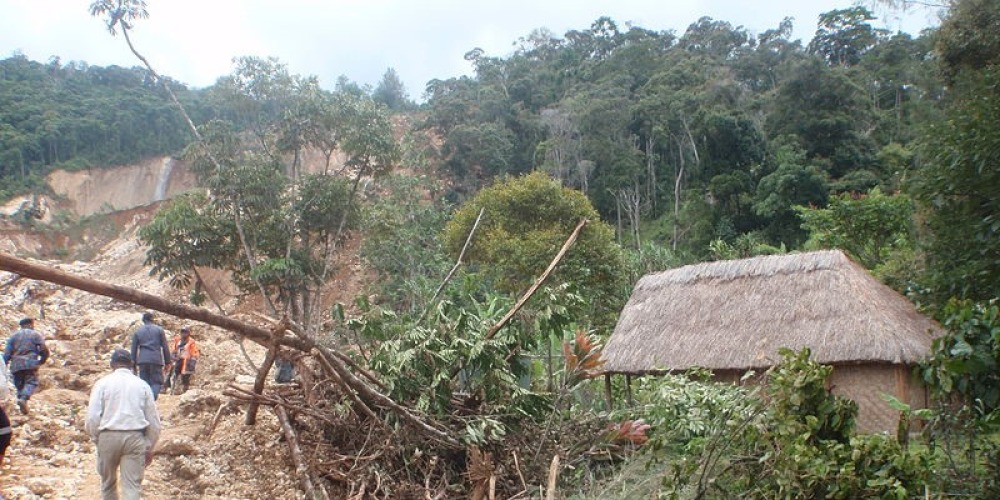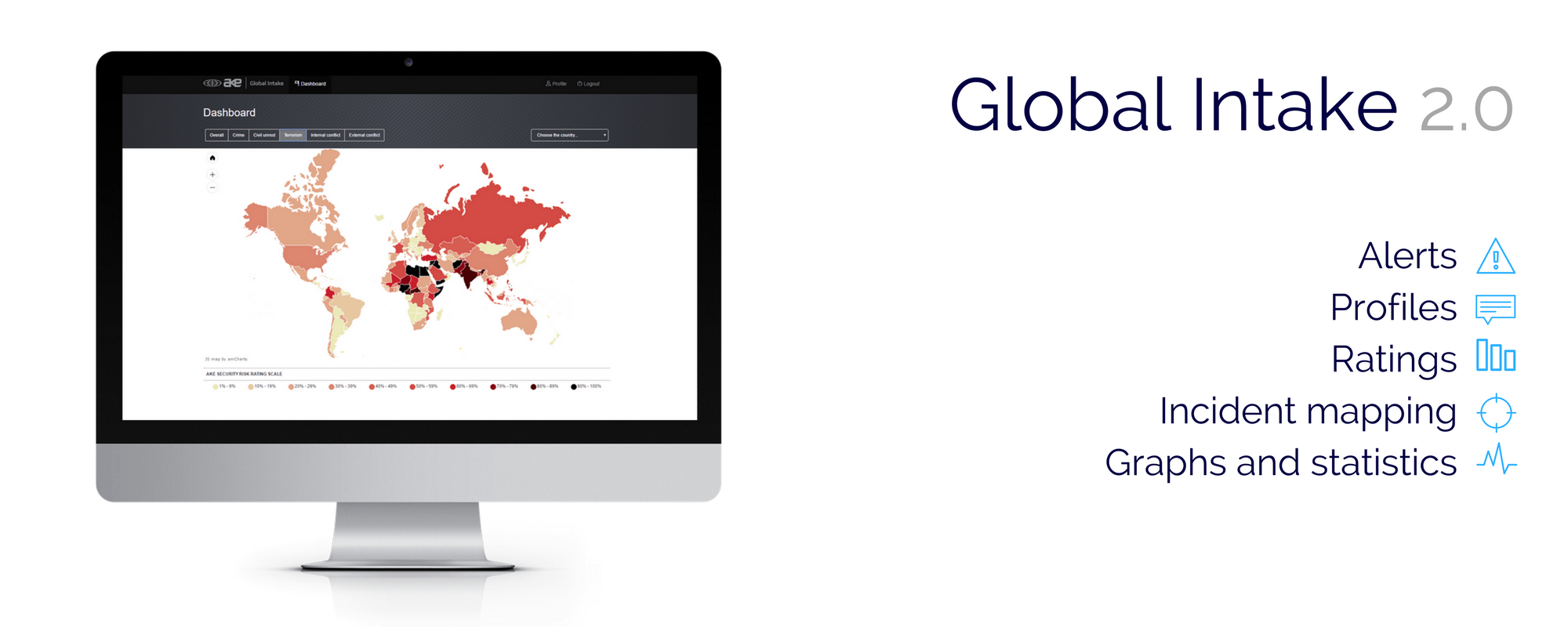Date: 24/04/2018
Key sectors: liquefied natural gas (LNG); tourism; NGOs
Key risks: natural disasters; violent unrest; tribal conflict
On 26 February a 7.5 magnitude earthquake hit Papua New Guinea’s (PNG) Southern Highlands province, killing over 100 people and leaving hundreds of thousands in need of humanitarian assistance. The affected area is also home to many of the country’s LNG facilities, including the US$19bln ExxonMobil PNG LNG project, which accounts for 40 per cent of the country’s exports. The gas project was forced to suspend production for several weeks to repair the damages caused by the earthquake. For ExxonMobil, France’s Total SA and their partners – who are engaging in talks to invest around US$13bln in new gas fields in PNG – February’s earthquake highlighted the challenges facing LNG projects located in the disaster-prone Highlands region.
However, it also revealed the extent of local opposition to energy and infrastructure projects. A protracted legal dispute over cash benefits from the PNG LNG project has triggered violent episodes of unrest in the past four years that the project has been exporting gas. Local landowners were promised a 2 per cent royalty payment as well as development levies based on the wellhead value of resource production, but the government has been withholding payment due to eligibility disputes.
Leaders of landowning tribes at ExxonMobil’s gas conditioning plant in Hela province have organised to blockade the facility and shut off the taps at gas wells on several occasions. Although there have been no reports of similar incidents since September 2017, the ongoing dispute over payments and the need for special security teams to protect gas sites from blockades and attacks erodes some of the legitimacy that the project held among the local population.
Moreover, February’s devastating earthquake validated continuing frustrations about the PNG LNG project. Many Highlanders believe that the disaster was caused by angry ancestral spirits demonstrating their disapproval for ExxonMobil’s project, especially given that the earthquake’s epicentre was located near PNG LNG facilities. Most of the affected areas are very remote and minimal contact with the modern world has enabled traditional belief systems to endure. The extent of these concerns, although ‘irrational’, prompted senior politicians such as the Finance Minister and the Petroleum and Energy Minister to call for a formal inquiry into what caused the earthquake. Following a request from Prime Minister Peter O’Neill, Geoscience Australia conducted an independent investigation to confirm the earthquake was of natural causes.
Adding to local unrest over LNG projects is the dangerous combination of long-running tribal conflicts and the proliferation of weapons. Violent clashes between rival tribes have multiplied in the weeks following the earthquake. A local councillor was shot dead near Tari airport in Hela province on 16 March, triggering a series of retaliatory attacks which have killed at least 12 people including children. The slow delivery of aid due to the remoteness of affected areas, landslides and tribal fighting have further exacerbated the situation. On 7 April a UNICEF convoy was reportedly attacked by an armed mob near Nipa, Southern Highlands province.
The fact that new governments can be subject to a vote of no confidence after 18 months in power has discouraged O’Neill’s administration from taking the necessary steps to address many of these frustrations as it attempts to keep individual politicians satisfied. The resulting impact is that there is little prospect for the country’s volatile security environment to improve anytime soon, and LNG projects sitting in the pipelines are at risk of being severely undermined.



